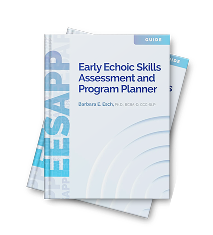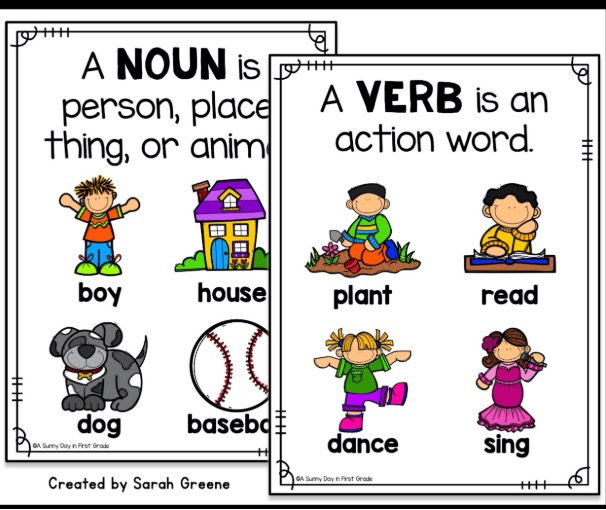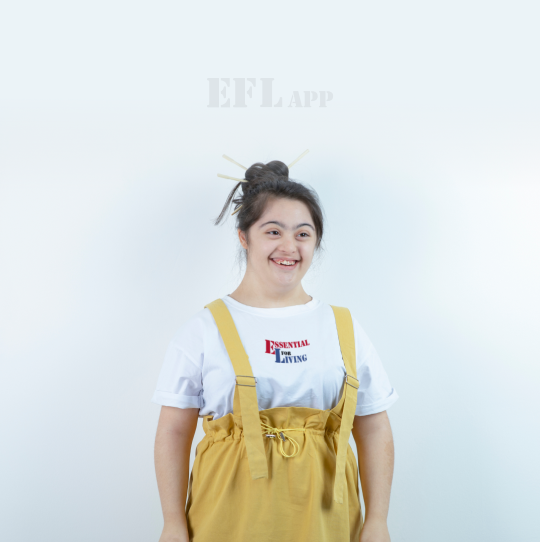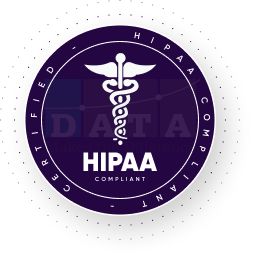When it comes to assessing and enhancing the communication and learning skills of children with autism and other developmental disorders, two widely recognized tools are the Assessment of Basic Language and Learning Skills-Revised (ABLLS-R) and the Verbal Behavior Milestones Assessment and Placement Program (VB-MAPP). While both assessments have their merits, this blog will focus on the key differences between them, highlighting the unique benefits of the VB-MAPP.
Full disclosure, I’m the lead clinician for DataMTD and we developed the VB-MAPP App for Dr. Mark Sundberg, so I’m therefore very passionate about this tool. In terms of developmental assessments, I have only ever used the ABLLs and then I switched to the VB-MAPP when it came out. I have never used the ABLLS-R. In discussing the ABLLS-R, I will be pulling from my knowledge of the original ABLLs which were written by both Dr. Sundberg and Dr. Partington. As far as I can tell the ABLLs-R includes more task items, a specific sequence for the sections, and additional elements related to social interaction and motor imitation, but I think the overview and differences between the two assessments still stand.
Overview of ABLLS-R
The ABLLS-R is a comprehensive assessment tool designed to evaluate a child’s skills across various domains, including language, social interaction, and self-help abilities. It provides a broad overview of a child’s developmental progress and helps identify areas that require targeted intervention.
Overview of VB-MAPP
The VB-MAPP, on the other hand, was developed by Dr. Mark Sundberg and is specifically focused on verbal behavior and language acquisition. Rooted in B.F. Skinner’s Analysis of Verbal Behavior, the VB-MAPP is particularly effective for assessing children with language delays and those on the autism spectrum.
Key Differences
While both assessments aim to support children’s learning and development, they differ significantly in focus, structure, and assessment time.
- Focus: The ABLLS-R covers a wide range of skills, while the VB-MAPP “zeroes in” on verbal behavior and communication in its Milestone sub-assessment component. However, the VB-MAPP does include a wider range of skills in its Barriers to Learning sub-assessment and Transition sub-assessment or the Task Analysis/Supporting Skills List. The VB-MAPP also has additional tools available to clinicians, such as the Intraverbal subtest and self-care list.
- Structure: The ABLLS-R organizes skills into multiple domains, whereas the VB-MAPP features specific milestones related to language development. The VB-MAPP provides a balanced, sequenced assessment where the relationship between the different skill areas is visually represented in the milestones sub-assessment grid.
- Time: VB-MAPP is more of a “quick in/quick out” assessment. Dr. Sundberg updated the ABLLs with the VB-MAPP, in part to provide users with a more efficient way to assess their learners’ language and social skill development. Having personally assessed learners on both the ABLLs and the VB-MAPP, and having seen teachers use both tools to assess students in their classrooms, I find that the VB-MAPP assessment is definitely a quicker assessment tool. Saying that, whether you use the ABLLs-R or the VB-MAPP, you are gaining so much insight into your learners and how they use their language. Either assessment tool is so beneficial.
Benefits of the VB-MAPP
1. Targeted Assessment of Verbal Behavior
One of the standout features of the VB-MAPP is its emphasis on verbal behavior. By focusing specifically on language acquisition, it allows practitioners to identify critical milestones in communication development. This targeted approach ensures that interventions can be precisely tailored to meet a child’s unique needs.
2. Clear Developmental Milestones
The VB-MAPP provides a structured sequence of milestones that children should achieve as they develop their language skills. This clear framework makes it easier for educators and therapists to set measurable goals and track progress over time. Understanding where a child stands within this sequence allows for more effective planning of interventions.
3. Barriers Assessment
Another significant benefit of the VB-MAPP is its inclusion of a Barriers Assessment. This component identifies specific challenges that may impede a child’s learning and communication. By recognizing these barriers, practitioners can devise targeted strategies to address them, ultimately facilitating smoother learning experiences.
4. Transition Planning
The VB-MAPP also includes tools to support transition planning; helping prepare children for advancements to more complex environments, such as mainstream classrooms. This focus on transition ensures that children are not only equipped with essential skills but are also ready to navigate the challenges of new learning settings.
Conclusion
While both the ABLLS-R and VB-MAPP serve essential roles in assessing children with developmental challenges, the VB-MAPP offers unique advantages, particularly in the realm of verbal behavior and language acquisition. Its targeted approach, clear milestones, and focus on functional communication make it an invaluable tool for educators and practitioners striving to foster effective learning and communication in children. By leveraging the strengths of the VB-MAPP, professionals can better tailor their interventions, paving the way for meaningful progress and successful outcomes.


















